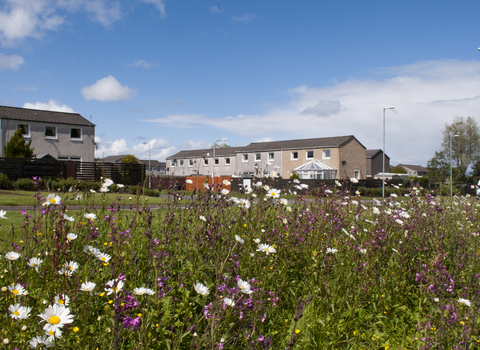The UK Government has pledged to build 1.5 million homes over the next five years. It recently announced a consultation to revise planning policy in England to deliver more affordable, well-designed homes quickly, grow the economy and support green energy.
The Wildlife Trusts’ report identifies various approaches to development that can have positive impacts for nature, climate and communities. They include community energy schemes, urban habitat creation, sustainable drainage systems, wildlife-friendly lighting and local food growing opportunities. The Wildlife Trusts want developers to learn from each other to deliver affordable, efficient and nature-friendly housing.

